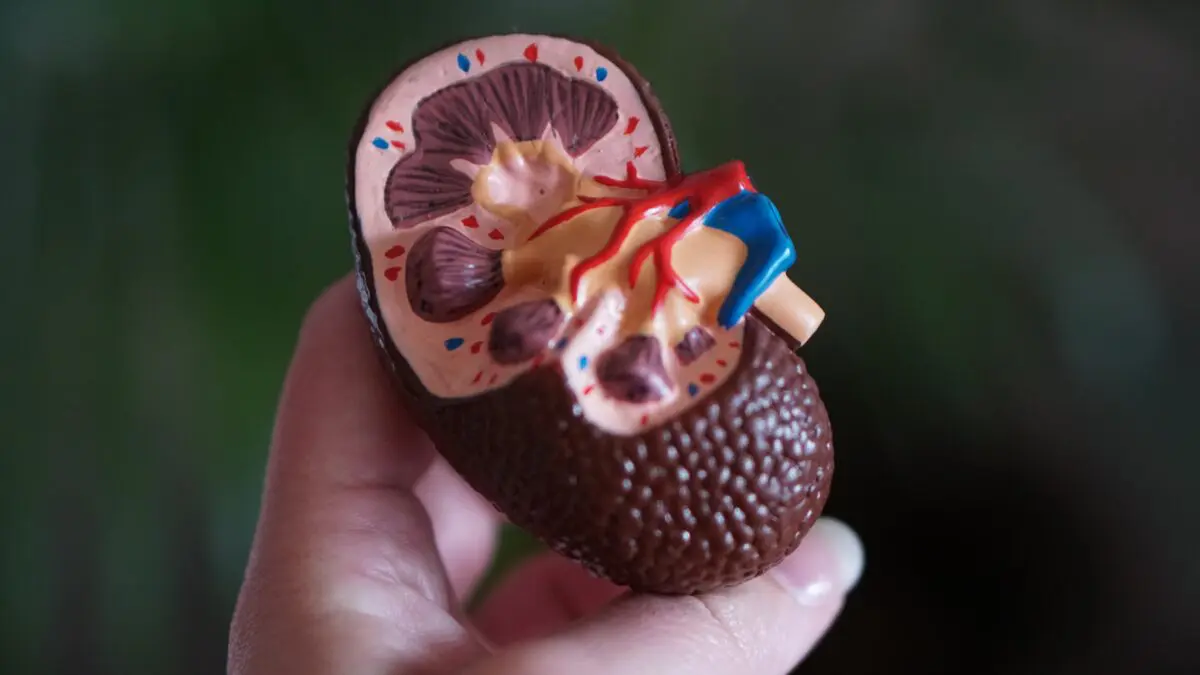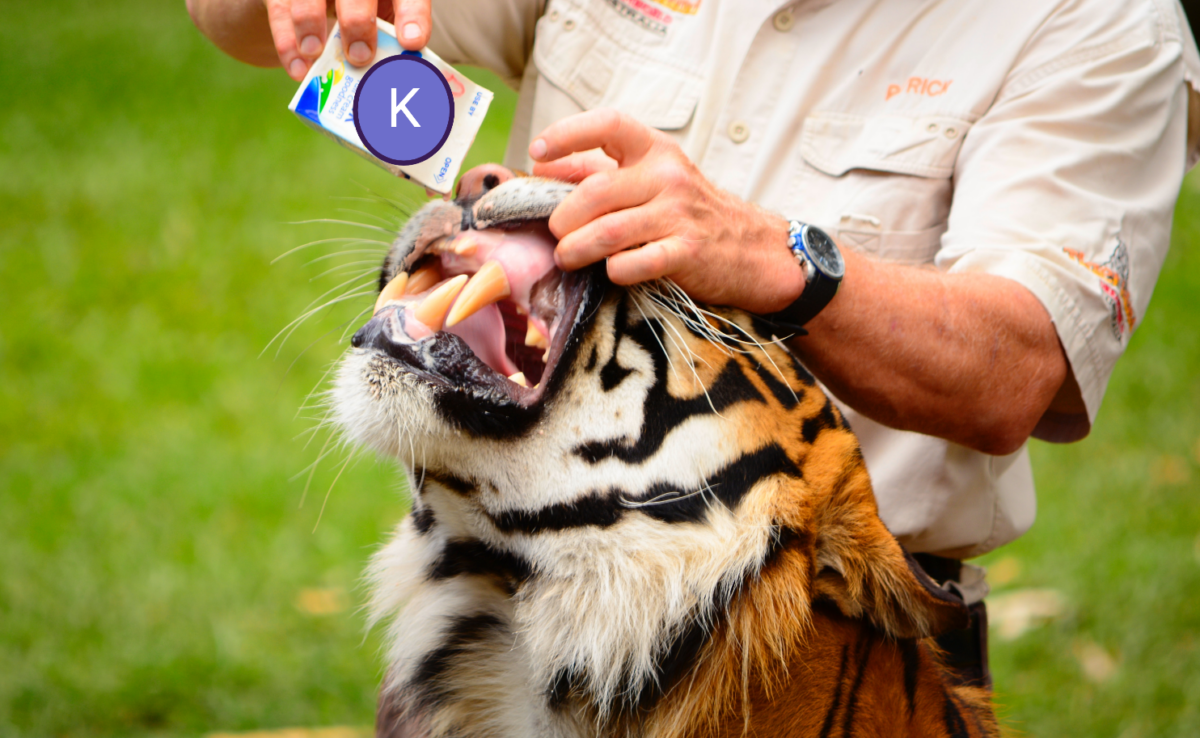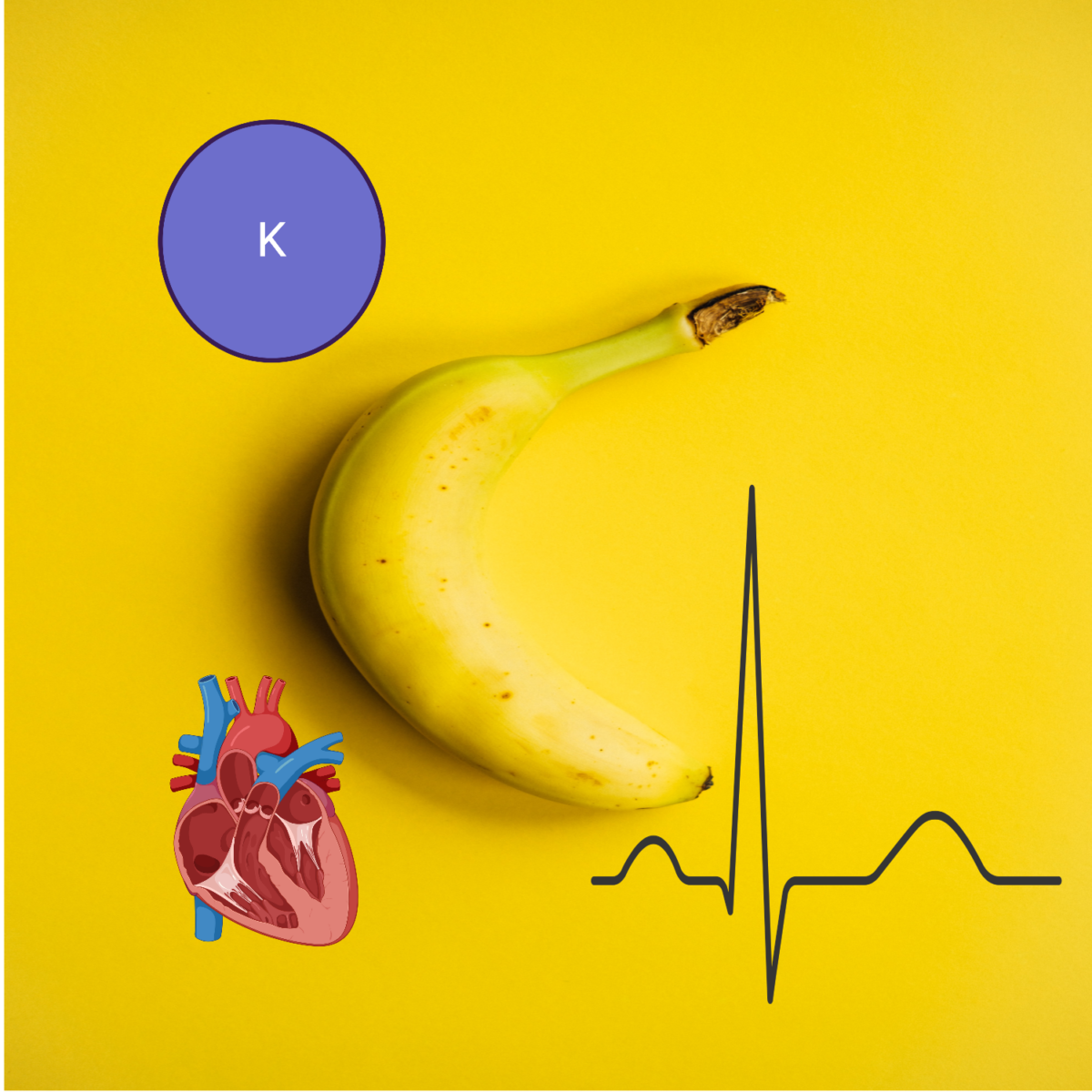This post presents diagnostic and therapeutic approaches to canine and feline patients with hyponatremia. As we all remember, the plasma sodium concentration represents a ratio of plasma sodium content to the water content. As a result, the plasma sodium concentration depends heavily on water balance. Therefore, hyponatremia may develop secondary to either excess of free water in the body or lack of sodium ions relatively to the free water. Also, it is helpful to remember that plasma sodium concentration is the key determinant of plasma osmolality, and the majority of hyponatremic patients will have low plasma osmolality. However, this is not always the case. For example, patients with hyperglycemia or those who received mannitol may develop hyponatremia in conjunction with high plasma osmolality caused by excessive glucose concentration or the presence of other osmotically active substances (e.g. mannitol). Hyponatremic patients with normal plasma osmolality typically have spurious hyponatremia (aka pseudohyponatremia).
Continue reading “Approach to Hyponatremia in Dogs and Cats”Galleries
Approach to Hypernatremia in Dogs and Cats
Hypernatremia is defined as a serum sodium level above the reference range. It is a relatively infrequently encountered electrolyte disturbance in dogs and cats. In one retrospective study (Ueda et al. 2015), 5.7% dogs and 8.0% cats were diagnosed with hypernatremia. It was associated with increased case fatality rates in this population of patients. Understanding hypernatremia requires a comprehension of body fluid compartments, as well as concepts of the preservation of normal body water balance. The animal body maintains a normal osmolality between 280 and 310 mOsm/kg via Arginine Vasopressin (AVP), thirst, and the renal response to AVP; dysfunction of all three of these factors can cause hypernatremia (Mushin et al. 2016). In this post, I present a step-by-step approach to the hypernatremia in canine and feline patients. Further reading is recommended to deepen understanding of the physiology and pathophysiology of sodium and water balance.
Continue reading “Approach to Hypernatremia in Dogs and Cats”
Trauma, acute kidney injury and mannitol
Traumatic injury is a risk factor for acute kidney injury (AKI). The cause of AKI is likely multifactorial and may include renal hypoperfusion and renal hypoxia secondary to hypovolemic shock and/or increased abdominal pressure, rhabdomyolysis and direct nephrotoxic effects of therapy including general anesthesia (Harris et al., 2017). The osmotic diuretic, mannitol, has been used both in the prevention, and the treatment of AKI. It has been used peri-operatively to prevent the development of AKI and in the management of AKI secondary to traumatic rhabdomyolysis (Sharman et al., 2013; Yang et al., 2014). However, mannitol itself has nephrotoxic potential and therefore the benefits of its use should be considered in light of its potential to cause adverse effects (Perez-Perez et al., 2002; Fang et al., 2010)
Continue reading “Trauma, acute kidney injury and mannitol”Approach to Hypokalemia: Diagnosis and Treatment
All causes of hypokalemia can be divided into 3 big groups:
- Decreased intake (unlikely to be a sole cause)
- Intracellular shift
- External loss (GI or renal)
A step-by-step approach to diagnosis of hypokalemia
Step 1: Review current medication history. Drugs that can promote hypokalemia (via intracellular shifting or increased losses/decreased intake):
- K-deficient fluids
- loop/thiazide diuretics
- insulin, dextrose
- albuterol, terbutaline and other beta agonists
- catecholamines
Approach to Hyperkalemia: Diagnosis and Treatment
This blog post commences a series of articles on diagnostic and therapeutic approaches to potassium and sodium derangements. This is meant to be a quick reference/guideline for emergency veterinarians, students and technicians. All readers are welcome to leave feedback and comments below.
Continue reading “Approach to Hyperkalemia: Diagnosis and Treatment”




